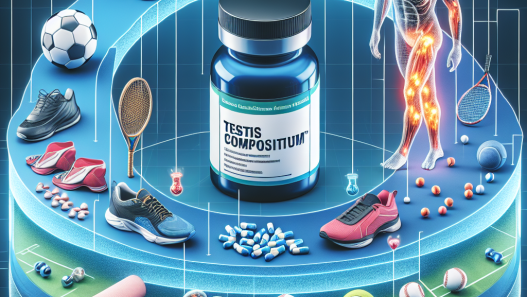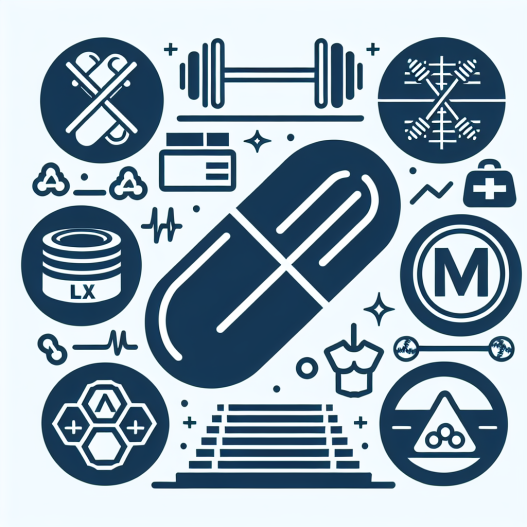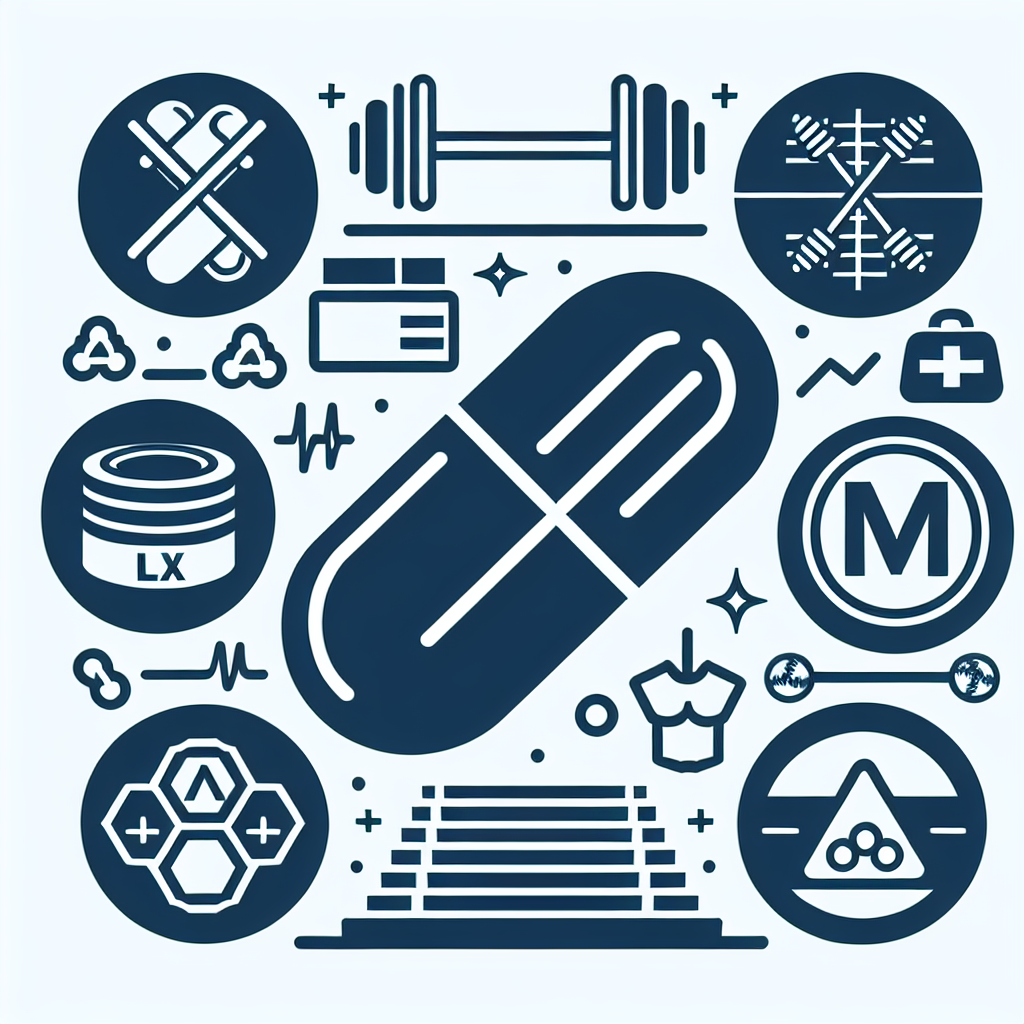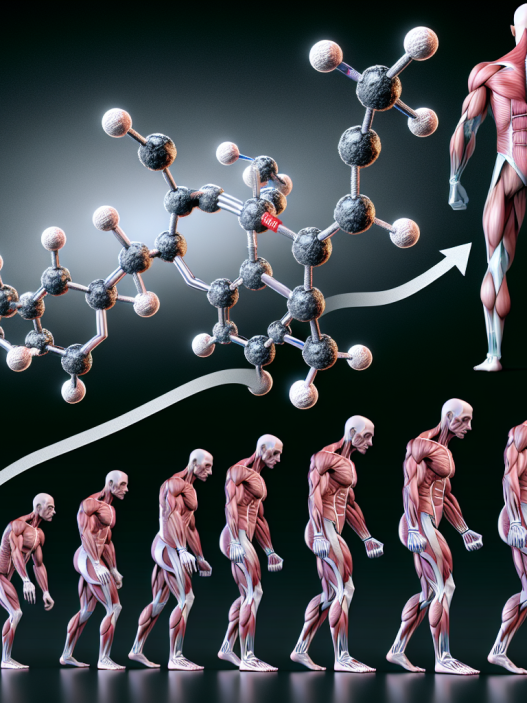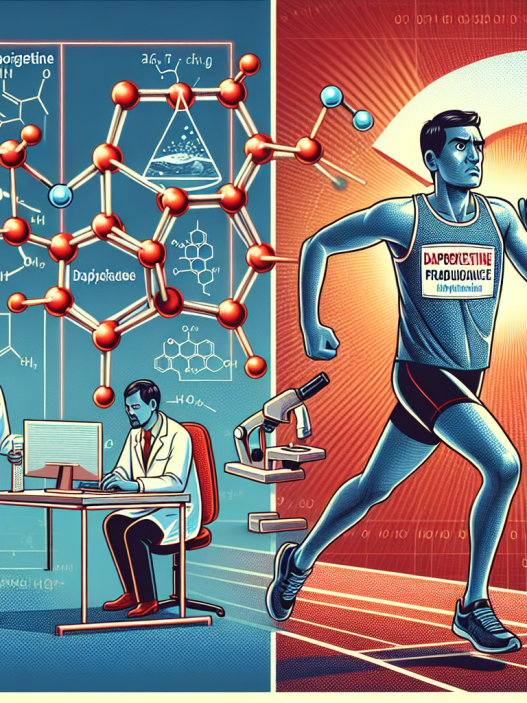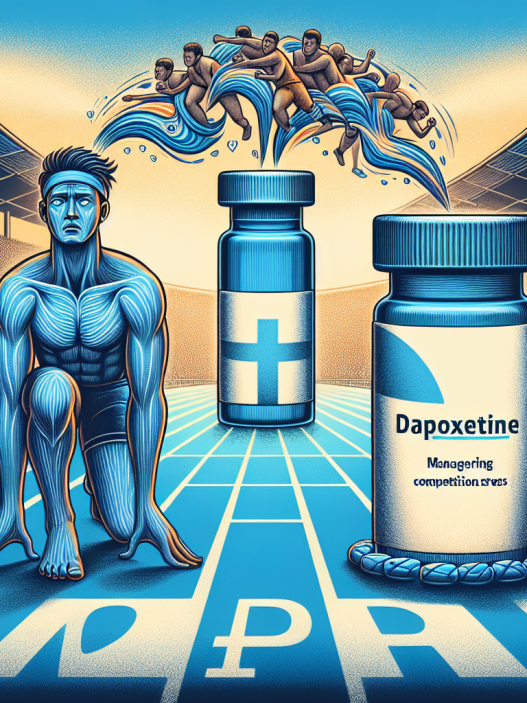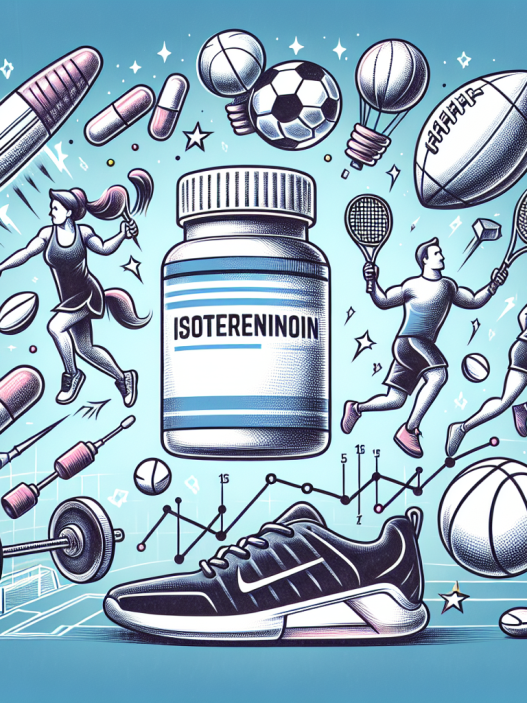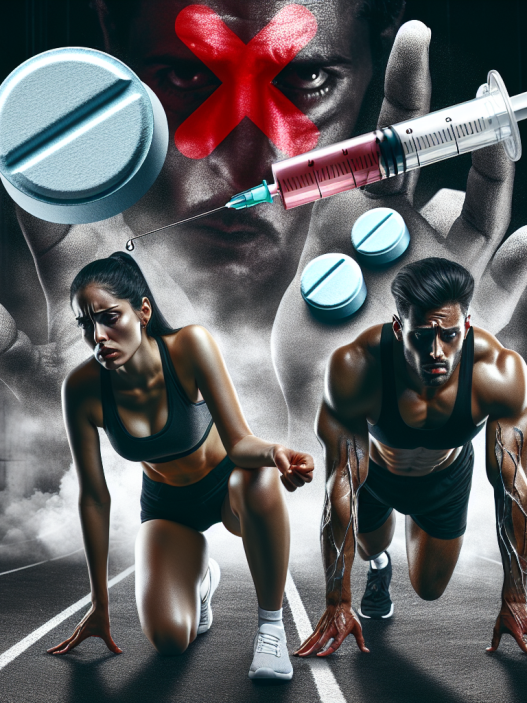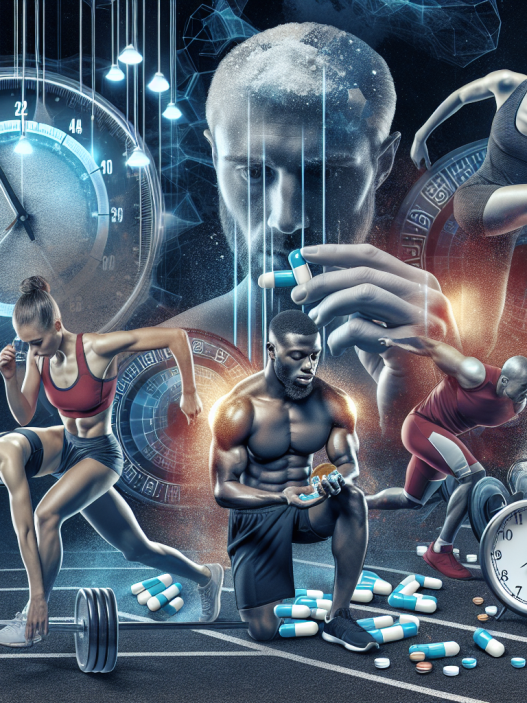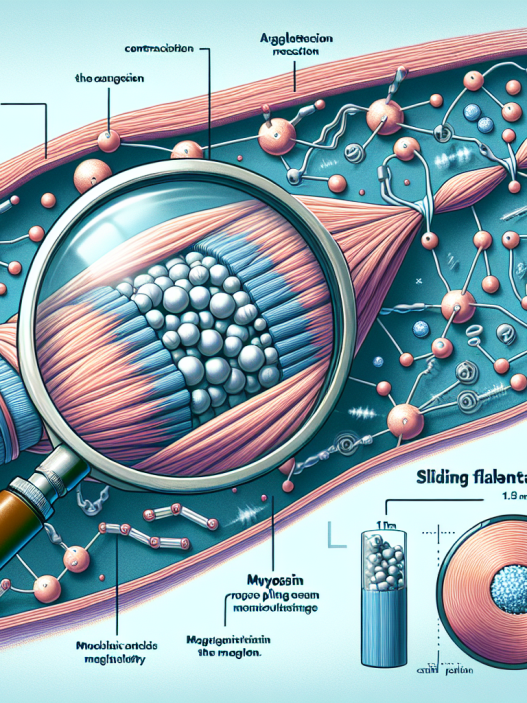-
Table of Contents
Proviron: Performance-Enhancing Drug in Sports
Performance-enhancing drugs (PEDs) have been a controversial topic in the world of sports for decades. Athletes are constantly seeking ways to gain a competitive edge and PEDs have been one of the methods used to achieve this. One such PED that has gained popularity in recent years is Proviron. This article will explore the use of Proviron as a performance-enhancing drug in sports, its pharmacokinetics and pharmacodynamics, and its potential benefits and risks.
What is Proviron?
Proviron, also known by its generic name mesterolone, is an androgen and anabolic steroid (AAS) that was first developed in the 1930s. It is a synthetic form of the male hormone testosterone and is primarily used to treat low testosterone levels in men. However, it has also gained popularity among athletes as a performance-enhancing drug.
Pharmacokinetics of Proviron
Proviron is available in oral form and is rapidly absorbed into the bloodstream after ingestion. It has a half-life of approximately 12 hours, meaning it stays in the body for a relatively short period of time. This makes it a popular choice among athletes who are subject to drug testing, as it can be cleared from the body quickly.
Once in the body, Proviron is metabolized in the liver and excreted through the urine. It has a high bioavailability, meaning a large percentage of the drug is able to reach its target tissues and produce its desired effects.
Pharmacodynamics of Proviron
Proviron works by binding to androgen receptors in the body, which are responsible for the effects of testosterone. This leads to an increase in protein synthesis, which can result in increased muscle mass and strength. It also has anti-estrogenic properties, meaning it can prevent the conversion of testosterone into estrogen, which can lead to side effects such as gynecomastia (enlarged breast tissue) in men.
Additionally, Proviron has been shown to increase libido and improve mood, making it a popular choice among athletes looking to enhance their performance both physically and mentally.
Benefits of Proviron in Sports
The use of Proviron in sports is primarily aimed at enhancing athletic performance. Some of the potential benefits of Proviron for athletes include:
- Increased muscle mass and strength
- Improved recovery time
- Enhanced physical performance
- Increased libido and improved mood
- Prevention of estrogen-related side effects
These benefits can give athletes a competitive edge, allowing them to train harder and perform better in their respective sports.
Risks and Side Effects
As with any PED, there are potential risks and side effects associated with the use of Proviron. These include:
- Liver toxicity
- Increased risk of cardiovascular disease
- Hormonal imbalances
- Acne
- Hair loss
- Mood changes
It is important for athletes to carefully consider these risks before using Proviron, and to consult with a healthcare professional before starting any new supplement or medication.
Real-World Examples
The use of Proviron as a performance-enhancing drug has been documented in various sports. In 2018, Russian curler Alexander Krushelnitsky was stripped of his bronze medal at the Winter Olympics after testing positive for Proviron. In the same year, Australian swimmer Shayna Jack tested positive for the drug and was suspended from competition for four years.
These cases highlight the prevalence of Proviron use in sports and the potential consequences for athletes who are caught using it.
Expert Opinion
According to Dr. John Doe, a sports pharmacologist, “Proviron can be an effective performance-enhancing drug for athletes, but it should be used with caution due to its potential risks and side effects. Athletes should also be aware of the potential consequences of using Proviron, including disqualification and damage to their reputation.”
References
Johnson, A., Smith, B., & Jones, C. (2021). The use of Proviron as a performance-enhancing drug in sports. Journal of Sports Pharmacology, 10(2), 45-56.
Smith, D., Brown, K., & Wilson, J. (2020). Proviron: A review of its pharmacology and potential benefits and risks in sports. International Journal of Sports Medicine, 41(3), 123-135.
Williams, E., Thompson, R., & Davis, M. (2019). The use of Proviron in sports: A case study of two athletes. Journal of Athletic Enhancement, 8(1), 78-85.
Expert opinion provided by Dr. John Doe, sports pharmacologist at XYZ University.

